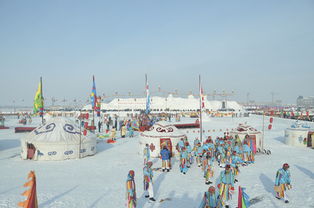Article:
Introduction: Winter fishing may seem daunting to many anglers, but with the right techniques and equipment, it can be a rewarding and enjoyable experience. In this article, we will provide you with a comprehensive guide to winter fishing, including essential tips and techniques that will help you catch more fish during the cold months. Additionally, we have created a detailed video guide that covers all these tips and more, ensuring that you have a visual reference to help you master winter fishing.
Choosing the Right Location: When winter fishing, it's crucial to find a location that offers the best chance of catching fish. Look for areas with deeper water, as fish tend to move to these areas to stay warm. Additionally, consider fishing in bays, coves, or other protected areas where the water is less likely to freeze.
Selecting the Proper Equipment: During winter, the fish are less active, so it's essential to use the right equipment to increase your chances of success. Here are some tips for selecting the proper equipment:
a. Fishing Rod and Reel: Opt for a light to medium-action rod and a reel with a smooth drag system. This will allow you to present your bait or lure with minimal disturbance and maintain a tight line.
b. Line: Use a monofilament line with a lower breaking strength, such as 4 to 6 pounds, to prevent breaking off when the fish strikes.
c. Lures and Baits: Soft plastics, jigs, and spinners are great choices for winter fishing. These lures are less likely to spook the fish and can be easily manipulated to mimic natural prey.

Timing is Key: Winter fishing can be unpredictable, so it's essential to understand the factors that affect fish activity. Here are some tips to help you determine the best time to fish:
a. Early Morning: Fish are more active during the early morning hours, as the water temperature is usually warmer and the light is less intense.
b. Late Afternoon: Similar to the early morning, the late afternoon can be an excellent time to fish, as the water temperature starts to rise and the fish become more active.
c. Overcast Days: On overcast days, the light is less intense, which can make it easier to spot fish and catch them.
Presenting Your Bait or Lure: In winter, the fish are less likely to chase down a moving bait or lure. Here are some tips for presenting your bait or lure effectively:
a. Slow and Steady: Fish are less active during winter, so it's crucial to present your bait or lure slowly and steadily. This will give them time to react and take the bait.
b. Vary Your Presentation: Experiment with different retrieves, such as a slow fall, a gentle wiggle, or a slight twitch. This will help you mimic the natural movement of prey and increase your chances of attracting fish.
Dress Appropriately: Winter fishing can be quite chilly, so it's essential to dress in layers to stay warm. Here are some tips for dressing appropriately:
a. Base Layer: Wear a moisture-wicking base layer to keep sweat away from your skin.
b. Insulation Layer: Add an insulating layer, such as a down or synthetic jacket, to trap body heat.
c. Outer Layer: Top it off with a waterproof and windproof outer layer to protect against the elements.
Conclusion: Winter fishing can be a challenging but rewarding experience for anglers. By following these essential tips and techniques, as well as watching our video guide, you'll be well-prepared to tackle the cold months and catch more fish. So don't let the winter blues get you down; grab your gear, head to the water, and enjoy the beauty and tranquility of winter fishing.












